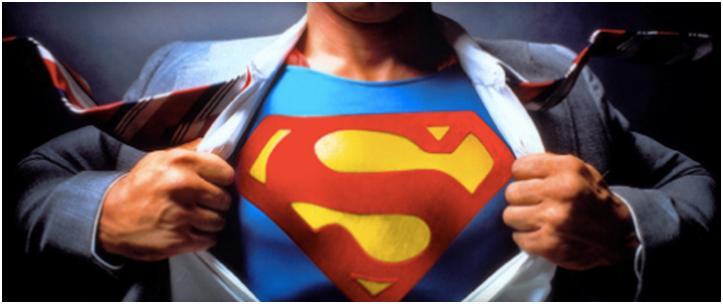In recent years, the need for leaders to be “strong” has become more and more of an important if not pre-eminent requirement in many books and articles that have been published. But why is this and what does it mean to be a strong leader?
Let’s first start with the second of these questions and make an attempt to define what ‘strong leadership’ is supposed to look like in practical terms.
According to many of the authors and researchers concerned with leadership behaviour, people who are described as being ‘strong leaders’ have the following main characteristics.
They:
- are very focused on what matters and even single-minded
- are openly clear about what they want to achieve
- communicate goals and targets in firm, unequivocal language
- have high levels of individuality and personal confidence
- possess considerable personal decisiveness
- tend to meet opposition to their ideas and decisions head on
- may collaborate with others but tend to make final decision(s) on their own
- are firm and tough (and even more resilient or resistant to criticism than average)
This is not a complete set of behaviours but every characteristic described occurs with a higher level of frequency than any others.
Given this list, strong leadership would seem to have less room for what might be called ‘gentle leadership’. When many of the same leadership authors and researchers describe the characteristics of more gentle leaders they list the following high frequency characteristics. They:
- tend to be reflective and open-minded about what is possible
- listen attentively to many inputs and show considerable emotional intelligence,
- communicate in many different ways and styles
- make as many collaborative decisions as they can
- deal with opposition as a chance to engage in greater collective responsibility
- often delegate responsibility and decision-making
- empower people and teams to act as often as they can on their own
- spend considerable time building alliances and teams to cooperate
Clearly, both of these lists are naturally somewhat extreme and therefore unfairly stereotype the ‘strong leader’ and the ’gentle leader’ as if they were real when in practice, we know that any given leader will have a blend of characteristics from both lists. However, the extremes do highlight the significant contrast in approach that can be taken, much as Douglas McGregor would have described in his Theory X over Theory Y approach 50 years ago. This contrasting approach then very much begs the question, why are we seeing more demand for “strong” over “gentle” leadership in today’s world, and especially in the last few years?
Perhaps, more than any other factor people want their leaders in every walk of life, to do two critical things:
- To reduce uncertainty
- To get them to a better place
Given the breadth of change we have experienced since the turn of the century, it is no great surprise that people have felt less certain about the future and less confident that they can get to a better place. They may even have felt that they are actually going backwards. In these circumstances, leaders are then broadly expected to take charge, offer clarity about what to do, be fast and decisive and push hard towards their chosen objectives. The so-called “strong leader” is seemingly much more attractive, and people will more readily suppress their need for other leadership characteristics such as those shown on the gentle list, thus creating a climate in which much more strong leadership can emerge to fill the apparent need.
Unfortunately, the words “seemingly” and “apparent” are the problem in the above analysis and this is what leads to the “myth of leadership strength” referenced in the title of this article. The fact that people may want their leaders to reduce uncertainty and get them to better places may help them to believe that so-called strong behaviours are best in the circumstances. However, particularly when taken to extremes, these behaviours quickly frustrate those same people who are expected to “fall-in” with the strong leader’s views and forgo their chance to provide input. Very quickly therefore followers start to crave less demonstrable “strength” and more “gentle” characteristics in the mix. Furthermore, followers tend to come to realize that, in the medium to long term, a more gently oriented leadership approach provides better and more sustainable outcomes. We therefore think we want strong leadership at the outset but, in practice we also want leaders to retain as many of the gentle leadership characteristics as they can. This entails being a kind of strong and confident leader in public places but a gentler more listening-centric and collaborative leader behind the scenes. In other words, we want our leaders to be “gently strong” and “strongly gentle”. This is a tough juggling act but one which every leader should try to master.

Colin is the Director of ResourceZone International. He has 30 years of ministry experience as a pastor, college lecturer and consultant/coach to consultants, denominational leaders and local church pastors. He can be reached at info@resourcezone.com.au

Dr. Jon Warner is a prolific author, management consultant and executive coach with over 25 years experience. He has an MBA and a PhD in Organizational Psychology. Jon can be reached at OptimalJon@gmail.com




Comment here